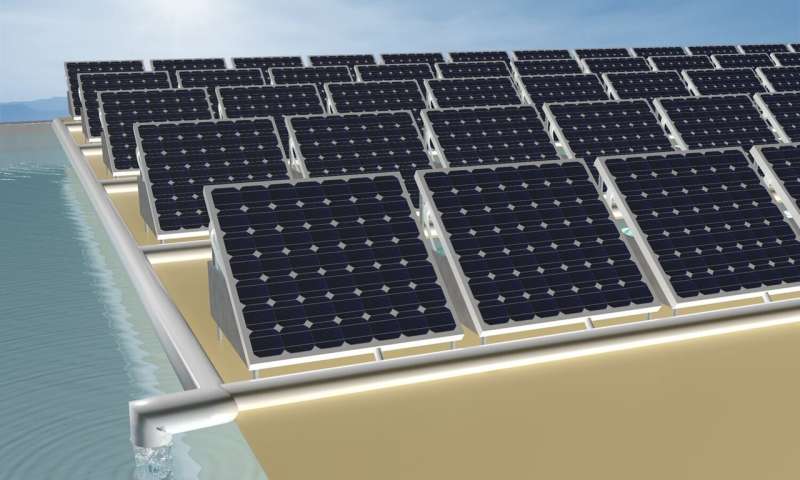<![CDATA[3D printed carbon fiber helps 18-year-old Indian student make lightest satellite ever]]>
3D printed carbon fiber helps 18-year-old Indian student make lightest satellite ever
“An 18-year-old student from Tamil Nadu in India has used 3D printing to create what could be the world’s lightest satellite. The 3D printed carbon fiber device weighs just 64 grams, and will be launched on a NASA sounding rocket on June 21…”
#future = #REALnews #tech #innovation #science #design #3dprinting #economy #engineering #revolution #singularity #robots #manufacturing #economy #ubi #universalbasicincome #basicincome #jobs #automation #space


yogabodyworld.blogspot.com – YOGA FOR BODY AND SOUL
]]>Maybe he should start eating carbon fiber
]]>It isn’t a “satellite”. An object must achieve (or be designed to achieve) at least one orbit on it’s own momentum before it is considered to be a satellite. The container is interesting, but it is clearly designed to carry a sensor, not to orbit in space.
While he has found a use for the 3-D printer, it is just a very expensive way of making a box that could be made for pennies by injection molding a box made of fiber-reinforced plastic.
]]>That’s womders
]]>George Ford “One of the main roles of the satellite is to see how 3D printed carbon fiber fares in space. Should the device survive those 12 minutes in space, other satellite developers on Earth will have good reason to try using 3D printed carbon fiber polymers themselves.” So while you see it as an expensive box, some, including myself, see it as a less expensive materials feasibility study than sending a traditionally much more expensive full blown model into space first.
]]>Matt Hartley Huh?
]]>A proud moment for this Indian kid & an epic innovation for space science!! 🌟
]]>